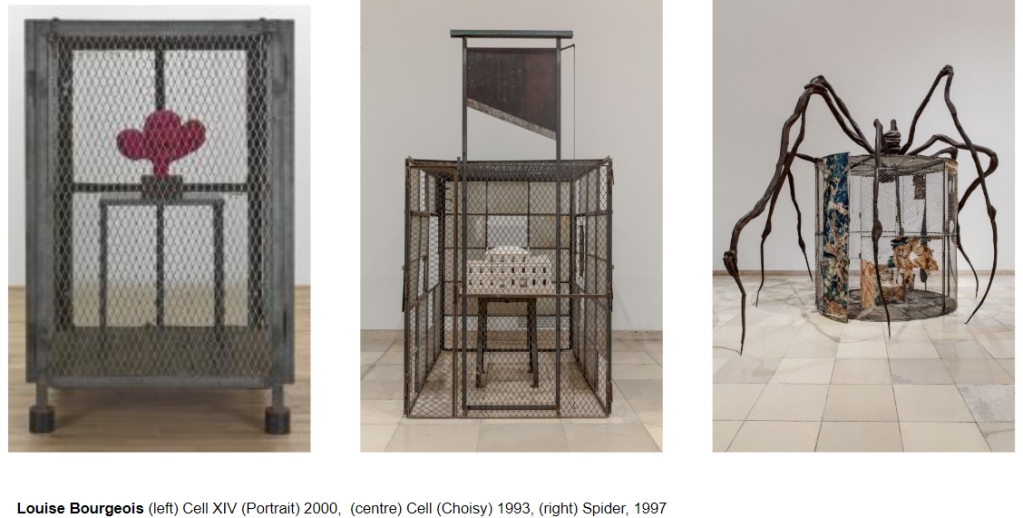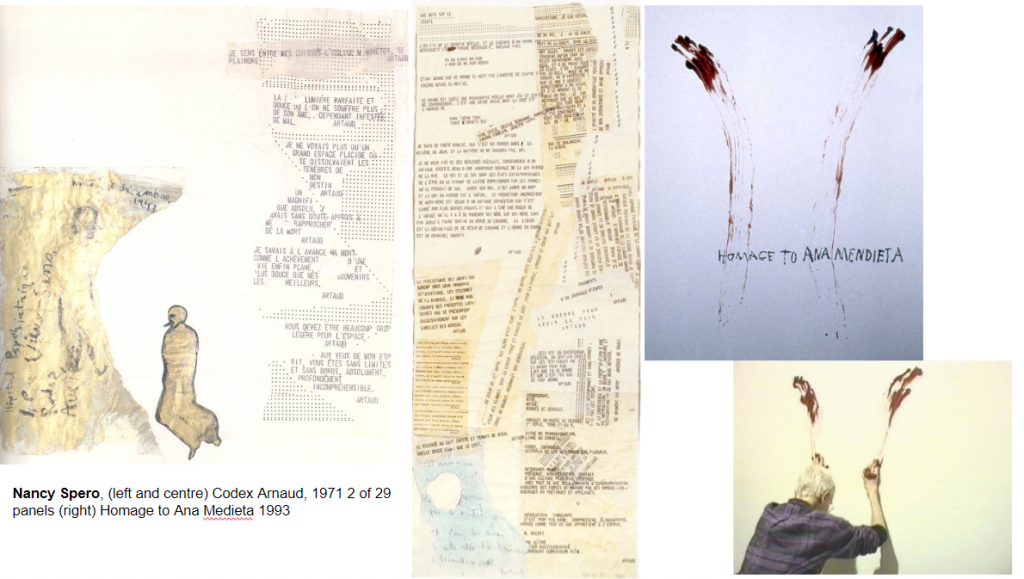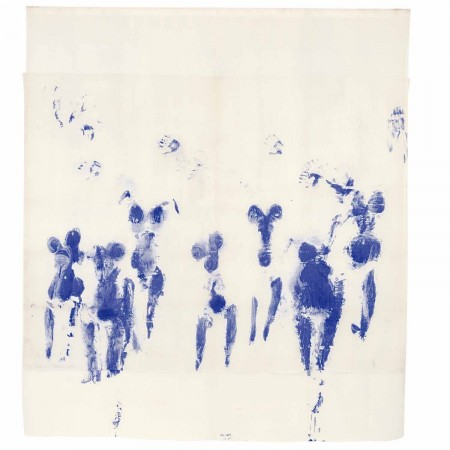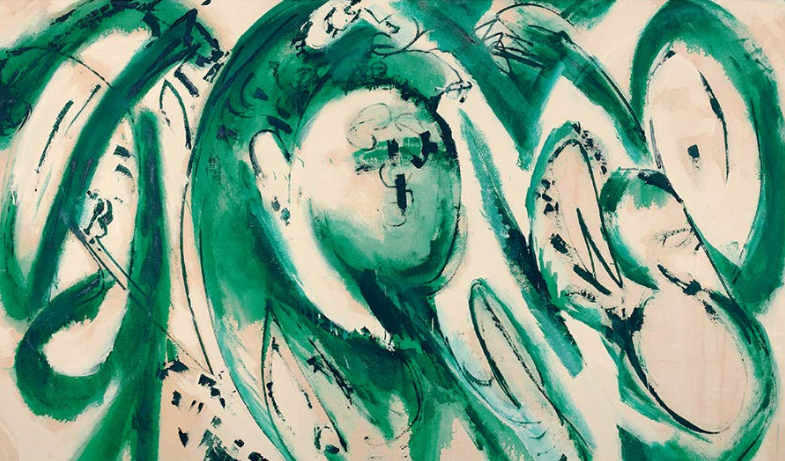In order to kickstart my final major project, clarify my aims and plan for the weeks to come, and contextualise around it, we were tasked with drafting our project proposal and action plan, and creating a Pecha Kucha presentation to share our initial research. A Pecha Kucha (aka a 20×20) is one primarily composed of images, spanning 20 slides, each of which is shown for just 20 seconds, meaning that the full presentation lasts just over 6 minutes. Below I summarise the contents of my presentation, and so the research I conducted in the first two weeks of my project.
Reflection on past work
First I reflected on some of the commonalities/themes I have previously explored in my work that have driven my interest in the topic of my FMP: expression. This related to the work in Futures project, where my future self-portrait and the navigating space/grid cell/instruction work has commonalities of i) an interest in perceptions of self/observation by others. ii) Behaviour and body language. iii) Psychology, consciousness and identity. iv) Manipulation, instruction and expectation. v) interaction. Thus something around behavioural expressions/externalisations of our inner psychology and how this is expected/observed by others would be a natural continuation.
Also too that in previous Unit 2 work I was interested in gestural and expressive mark-making, and the notion of automatic drawing or writing. I have not yet taken this into the action itself as a performance, as opposed to a work produced from it, so would be interested to explore this in my FMP.
Context
I was keen to contextualise the notion of my performance of expression within what might be interpreted from it – and the problematic biases of my being a woman artist. I saw this being across multiple facets. One being narcissim/vanity. Autobiographical work by women is interpreted as superficial or vain, self-obsessed, while autobiographical work of men can access universal themes and move beyond the personal. I linked this to the works of Helene Schjerfbeck who I went to see back in 2019.
Too, it is a paradox for women artists that in portraying their subjective reality/perception of themselves they are colluding in their own objectification. I related this to the Ways of Seeing I researched previously, as well as Tracey Emin’s self-portraits which evoke her subjective sexuality, but at the same time could be objectifying and eroticising herself.

Tracey Emin, I’m Here, 2014 
Tracey Emin, Fist clasped, 2014
I was conscious too that in externalising my emotions, I could be pervading the prejudice that women are ruled by their emotions, and the problematic connotations of this in relation to hysteria. I discovered that hysteria (back when it was treated as a psychological disorder), was specifically seen as the height of female sexual expression in a world of repression and strict social behavioural restrictions.

The surrealists were particularly interested in this – as an expression of the subconscious sexuality of women. This brought me onto another problematic context for the performance of women – that women’s performance takes place within the asymmetric power relationship between men and women. The surrealists choreographed/instructed a performance (below) by the dancer Helene Vanel to simulate hysteria – sexualising and objectifying her.

Another such problematic performance, which explored the body and gesture in performance art, was Yves Klein’s Anthropometries.
Here naked female models were instructed to cover their bodies in Yves Klein’s blue paint, and place themselves against surfaces in ways instructed/choreographed by the artist. He clearly objectified them here, calling them ‘living brushes’, though later the models have claimed they were collaborators in his work.
In considering female performance art, it is also important to contextualise this within the gender theory of philosopher Judith Butler – that gender itself is performative and we identify someone’s gender from the repetitive behavioural characteristics that we attribute to certain genders. This is evidenced in the performance of drag – whereby someone identifying in one gender performs the characteristics of the other as an illusion/subversion of such gendering. It’s easiest to see the skill involved in this, and thus the nuances of behaviours we interpret as gendered, by comparing an experienced drag performer with a novice who has had a makeover, in the makeover challenge on Ru Paul’s Drag Race (below)

Art Research
So one theme I explored was resistance and women’s rage. I discovered that just as long as women have been resisting, they have been using their bodies to do so.


Pipilotti Rist, Ever is Over All (1997) https://www.youtube.com/watch?v=a56RPZ_cbdc 
Beyonce, Hold Up (2016) https://www.youtube.com/watch?v=PeonBmeFR8o

Here I also referred back to my research around Isadora Duncan and Martha Graham, and how these women pioneered the freedom of expression for women’s bodies.
I also looked at how other artists have sought to express through suggestion or absence of the body, but where the works themselves have been created with the body or with interaction with the body in mind.

I also looked at artists who have used performance as the work itself, or in the creation of works, where abstract gestural mark-making has been utilised.


And works where the gesture itself is fully expressed in the mark/performance, and repeated.

The taking on of gestures/expressions of others as a suppression of self/ventrioloquist expression.

This is by no means an exhaustive line of research, and indeed since compiling this I have already found more lines that are of interest and relevant to this work!





